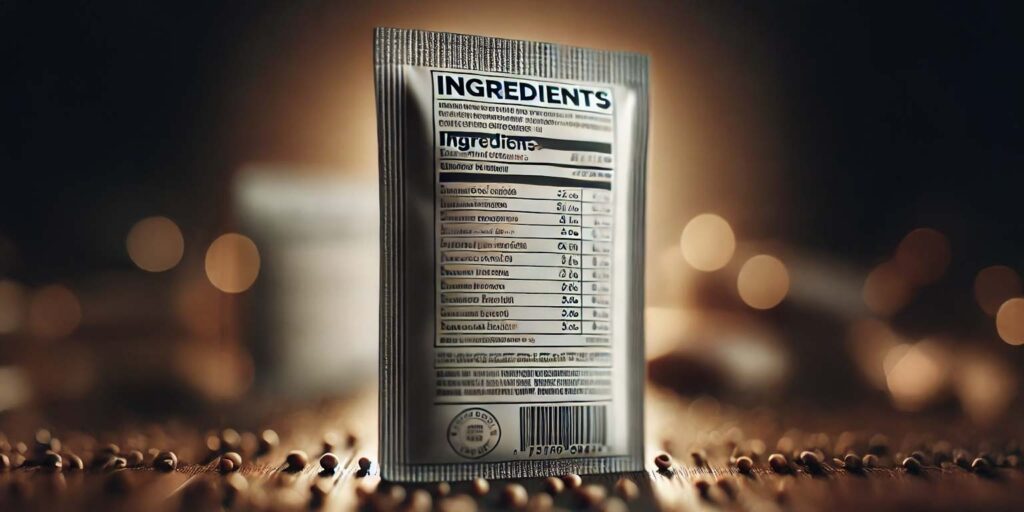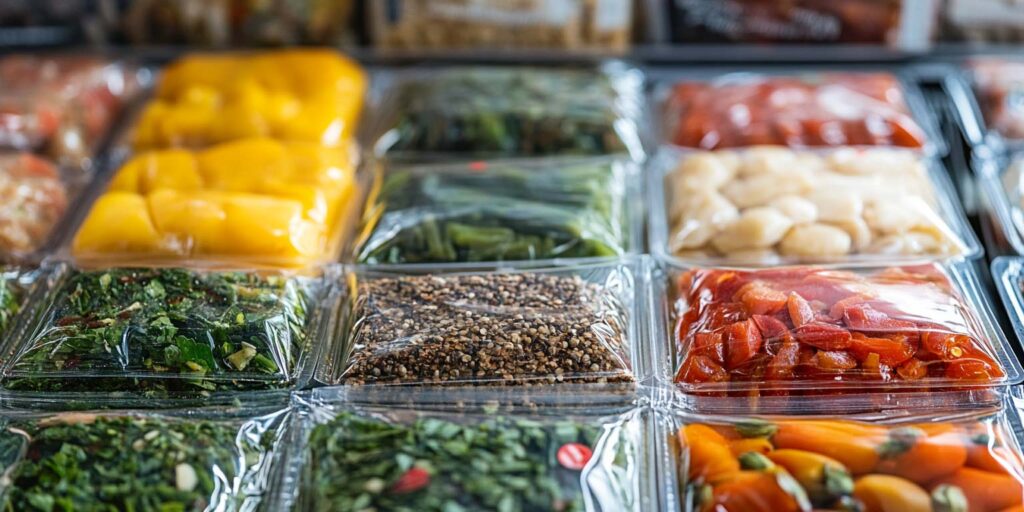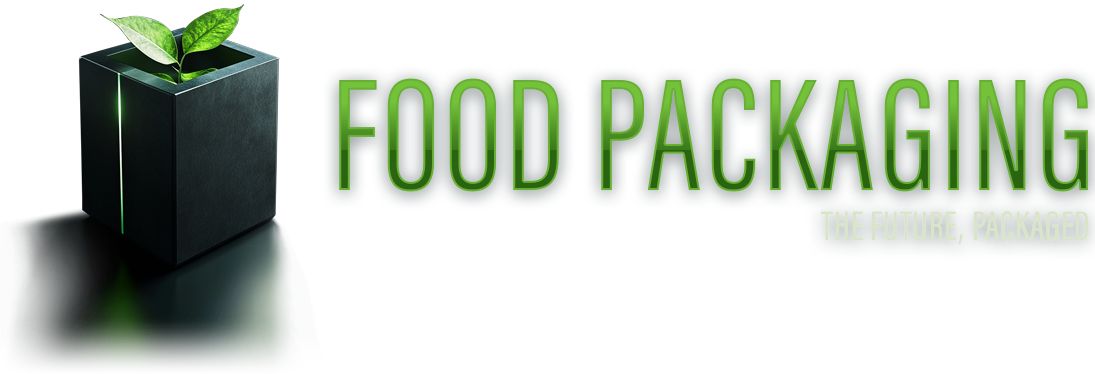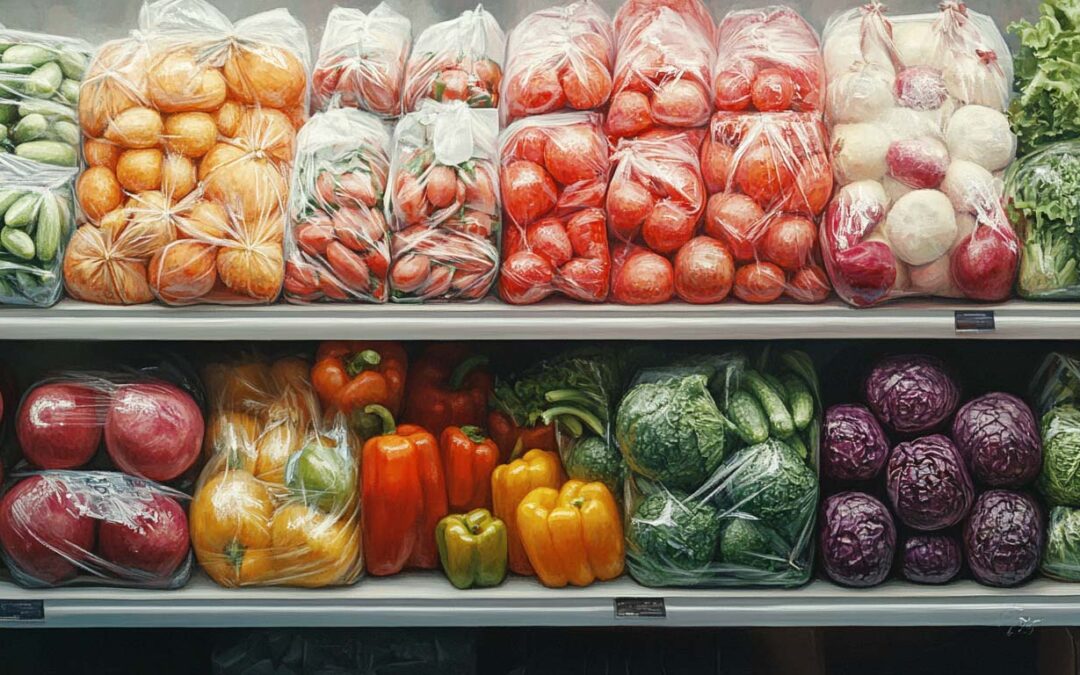Food packaging is much more than just a container for transporting goods from one place to another. It’s designed to protect, preserve, and communicate critical information about the food inside. The primary purposes of food packaging are to ensure product safety and provide customers with essential details about what they’re buying. In this blog post, we’ll explore the core functions of food packaging, why food is packaged, and what important information it conveys to consumers.
What Are the Four Main Functions of Food Packaging?
Food packaging serves several critical roles in the food industry, with four key functions standing out:
- Food Protection
One of the most important jobs of food packaging is to protect the contents from environmental factors. Whether it’s shielding food from moisture, light, or air, packaging ensures the product remains fresh and safe to eat. - Food Preservation
Packaging helps extend the shelf life of food by reducing the risk of contamination and spoilage. By keeping out bacteria and other harmful microorganisms, it ensures that food stays edible for longer periods. - Convenience
Food packaging is designed to make the product easy to transport, store, and use. From resealable bags to microwaveable containers, the convenience factor is key in modern food packaging. - Communication of Ingredients
Packaging provides critical information about the product, such as nutritional content, ingredients, expiration dates, and storage instructions. It helps consumers make informed decisions about the food they purchase.

What Are Three Reasons Why Food Is Packaged?
There are several reasons why food needs to be packaged, but three stand out:
- Safety and Hygiene
Packaging ensures that food is protected from dirt, bacteria, and damage during transport. Without proper packaging, food would be more vulnerable to contamination, which could lead to health risks. - Shelf Life Extension
By sealing food properly, packaging helps prevent spoilage caused by exposure to air, moisture, and light. This helps products last longer on store shelves and in consumers’ homes. - Branding and Marketing
Packaging is often the first thing consumers see, making it a critical component of a brand’s identity. Companies use packaging to attract attention, differentiate their products, and build trust with their customers.

What Does Food Packaging Tell Us?
Food packaging provides a wealth of information that is essential for both consumers and regulators. Here’s what packaging typically tells us:
- Ingredients: Lists of what’s inside the product, helping people with allergies or dietary restrictions make safe choices.
- Nutritional Information: Breakdown of calories, fats, sugars, and other nutritional elements to help consumers make healthy choices.
- Expiration Date: The date by which the food should be consumed for the best quality and safety.
- Instructions: Directions on how to store, prepare, or cook the food properly.
Closing Thoughts
Food packaging plays a crucial role in maintaining product safety and keeping consumers informed. It serves multiple functions, from protecting the food to providing essential details that help customers make educated decisions. The next time you pick up a packaged item at the store, take a moment to appreciate the importance of its packaging in ensuring the quality and safety of the product you’re buying.
In summary, food packaging isn’t just about aesthetics—it’s about protection, preservation, and communication, all designed with the consumer in mind.

